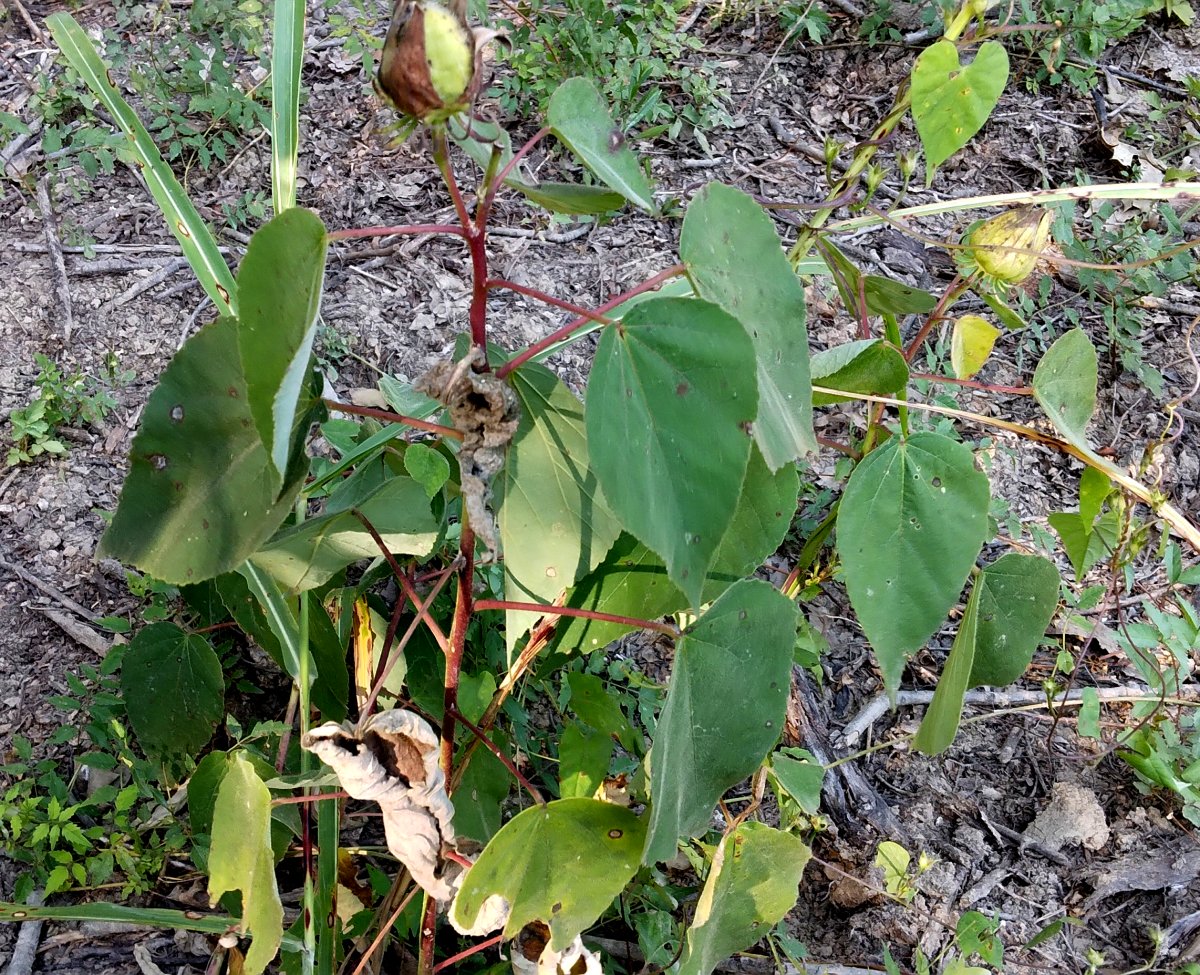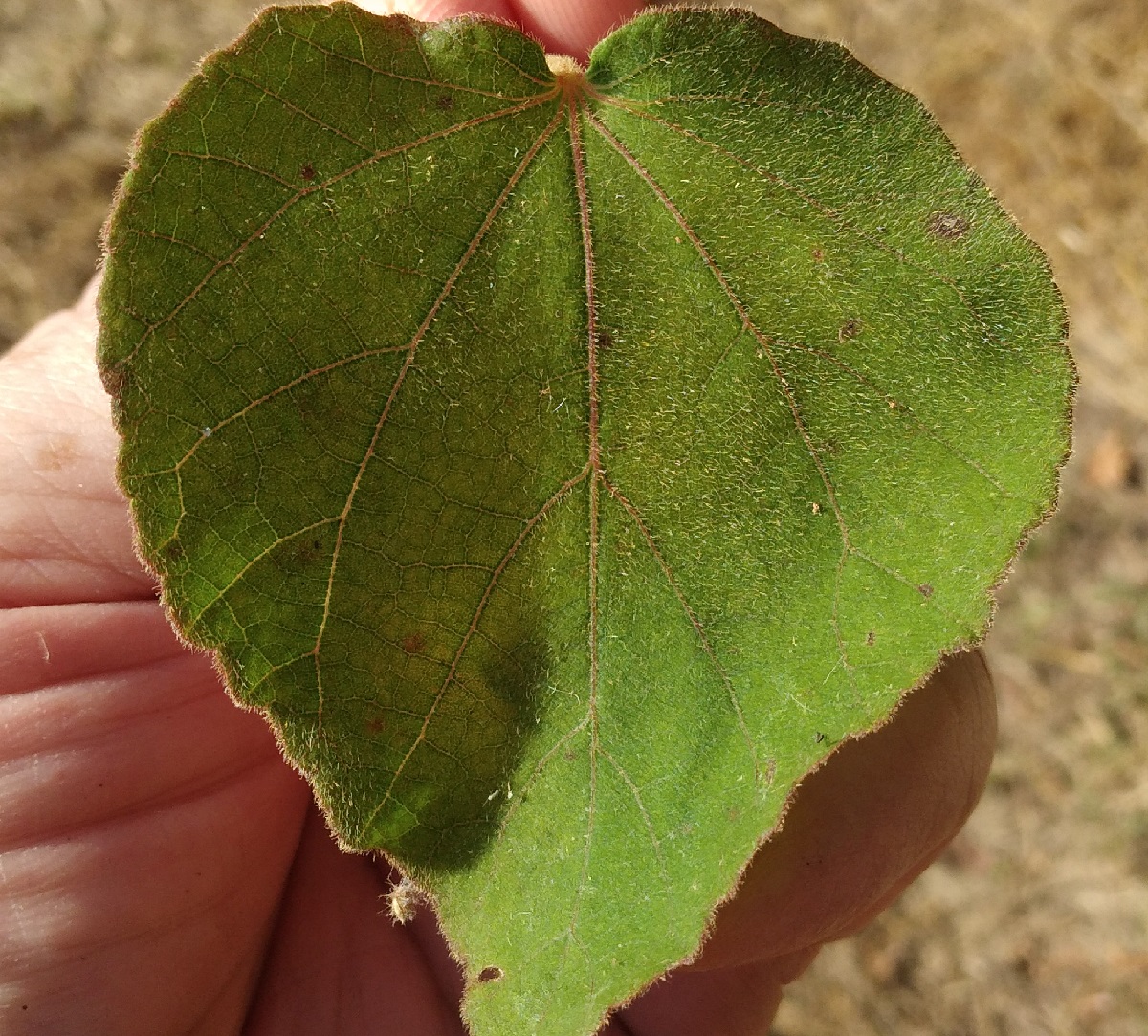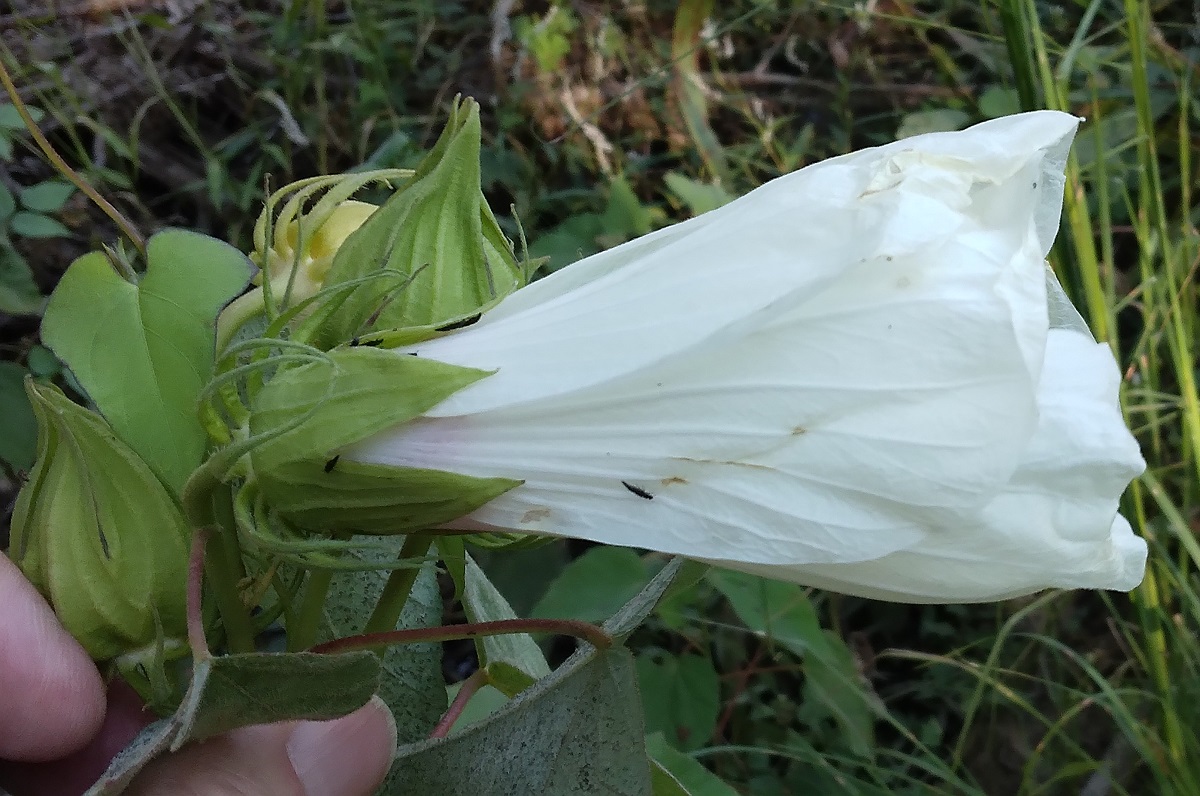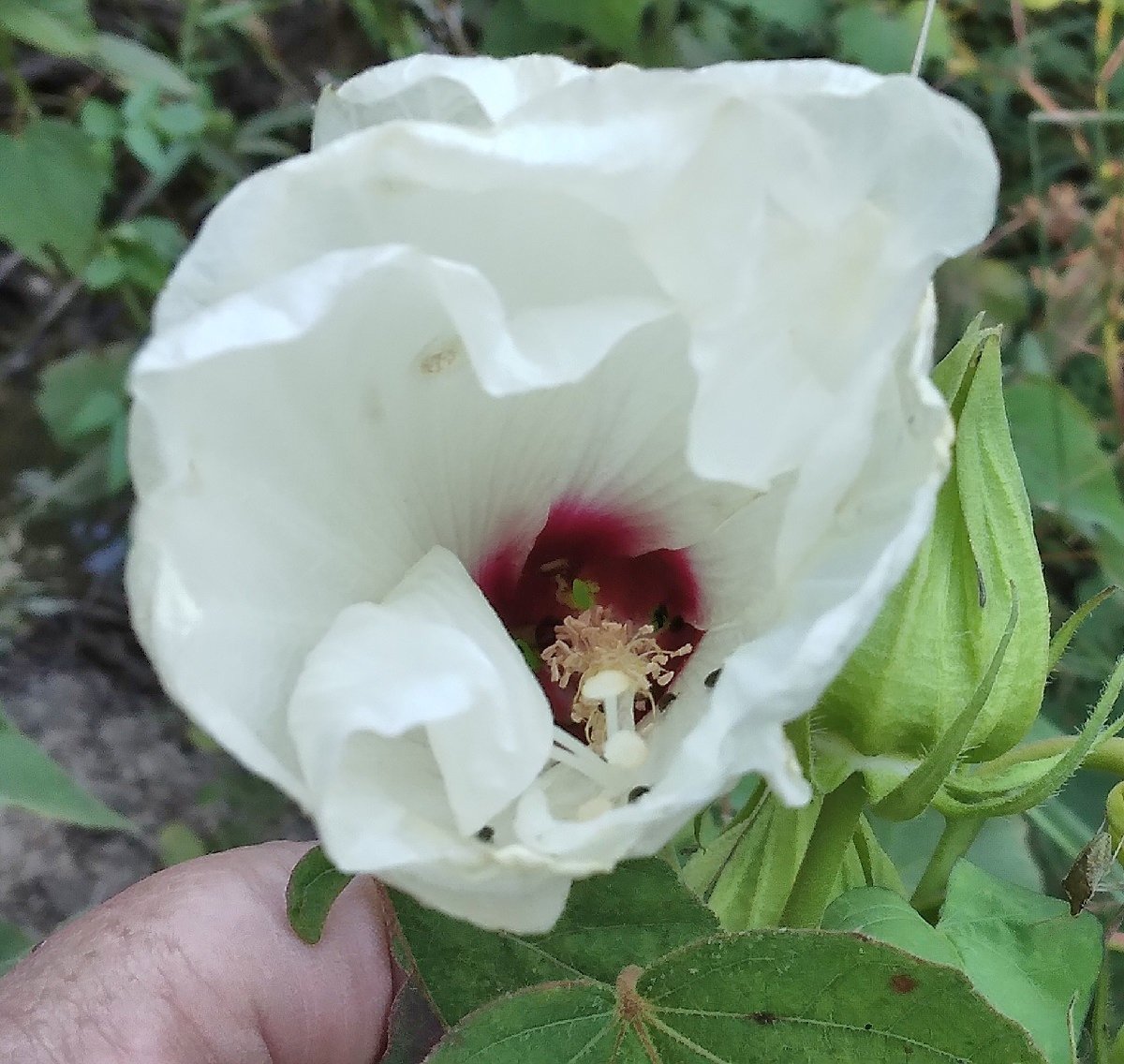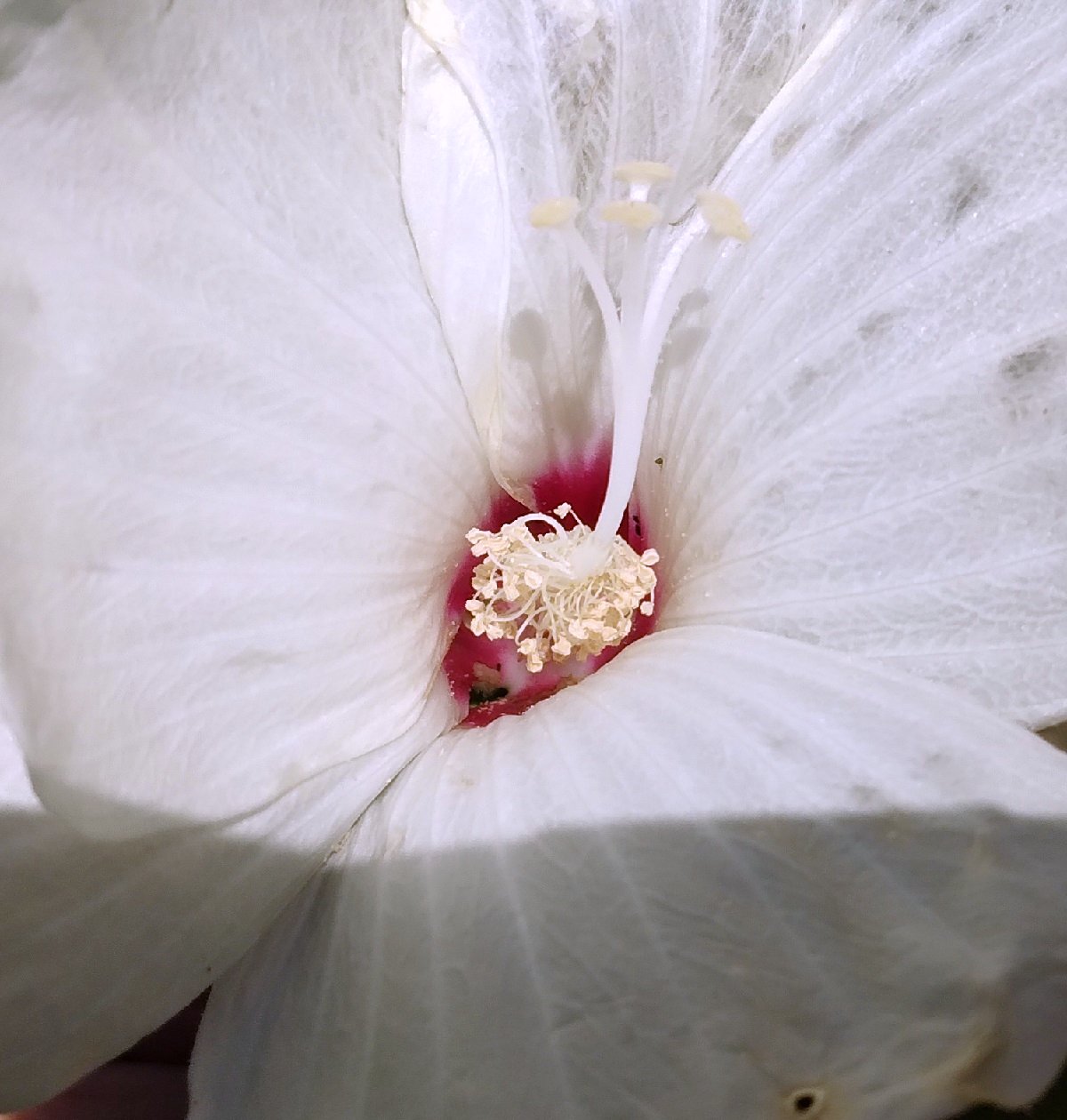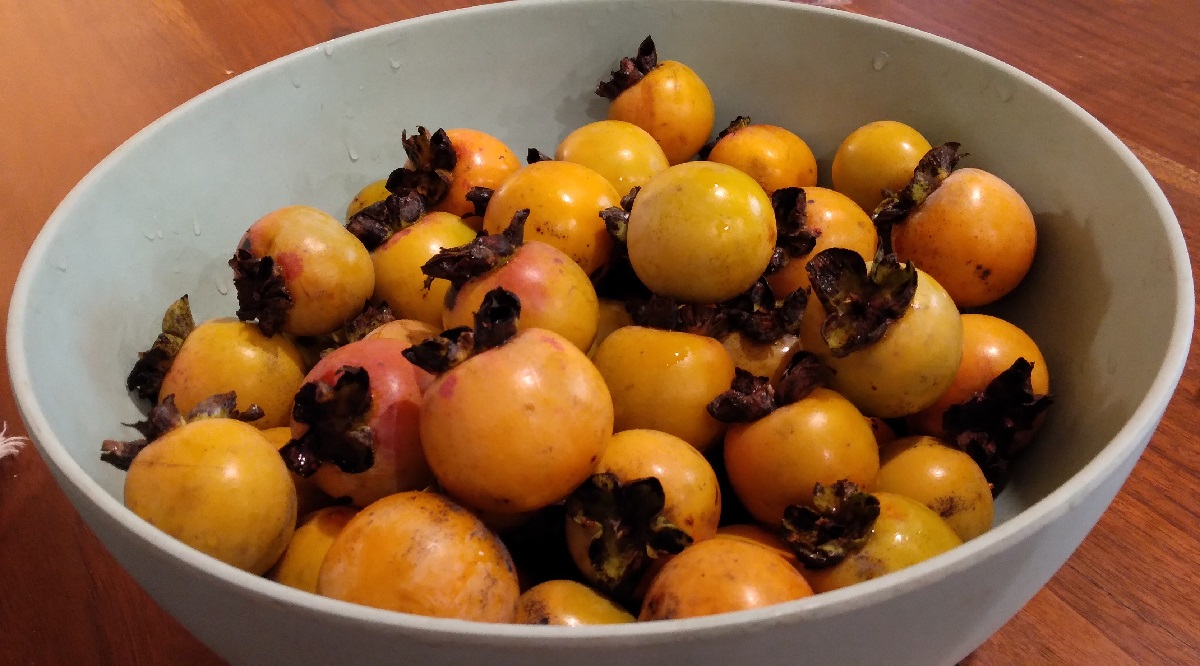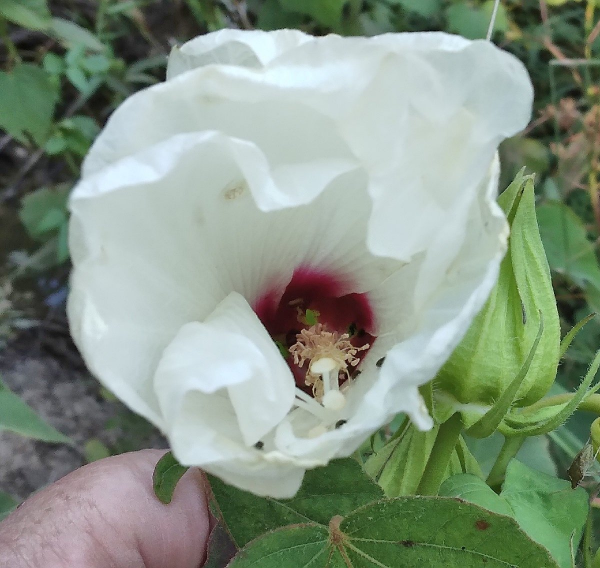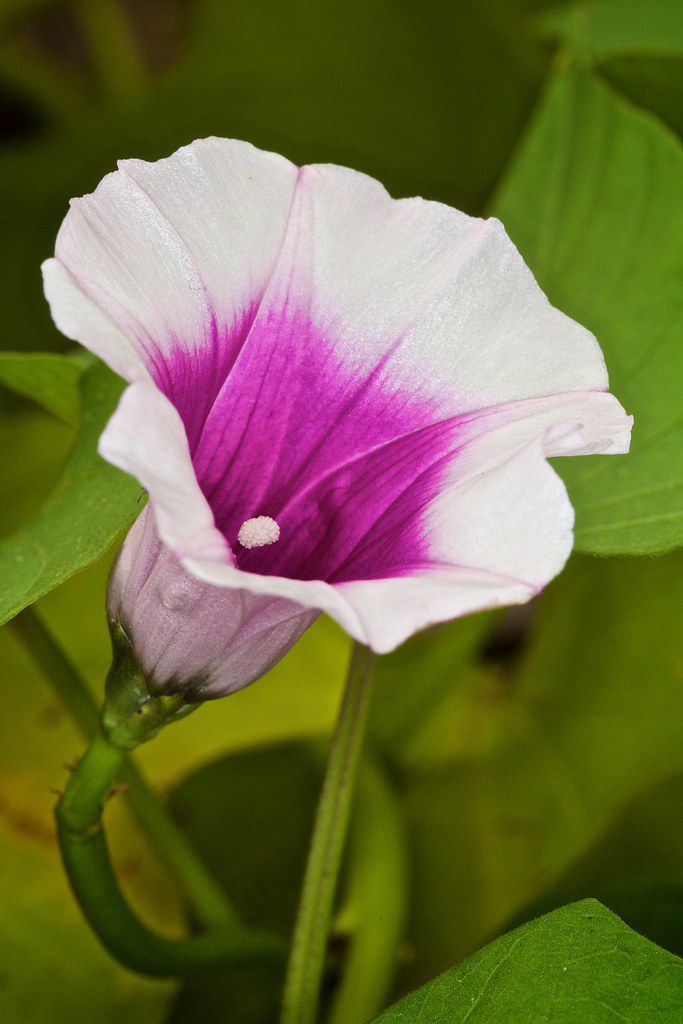I've always suspected that there was enough food at the BOL that we could survive on the Earth's bounty alone. The Indians did it, so why not?
But I am now getting very serious about identifying what can be eaten.
Of course there is the meat...
Deer, ducks, doves, rabbits, quail, squirrels, raccoons, opossums, armadillos, beavers, etc.
But you gotta have more than meat.
Previously, I identified muscadines, blackberries, poke salad, wild greens (wild lettuce and wild brassica species), cattails, palmetto shoots (heart of palm), chanterelle mushrooms, etc.
This trip I found three new things. First, which I kind of suspected, was muscadine leaves. You can use them just like commercial grape leaves for things like dolmas (stuffed grape leaves), but you can also fry them in olive oil with a little salt and make tasty crispy chips out of them!
You can drink muscadine sap. You can also use a section of muscadine vine as a water filter.
But this was the BIG discovery. Those big white morning glory flowers? I discovered they are Ipomoea pandurata - wild potato.
They have many names because they have been an important food source in the past for many different people.
Indian potato, bigroot morning glory, man of the earth, wild potato vine, manroot, wild sweet potato, and wild rhubarb, among others.
There is conflicting information about the edibility of the leaves, but I think it is most accurate to say they are "edible" but not "palatable."
The leaves have no taste at all and are very fibrous. Kind of like trying to eat twine. I tried a very young leaf and it was no better than an old one.
The plant is very similar to modern sweet potatoes, similar leaves and flower. But the root goes down much deeper and the plant is a perennial which can survive freezing weather, unlike the sweet potato which dies in the winter. The tuber must be boiled first for 30 minutes to remove bitterness, then it can be cooked like a sweet potato.
And these things are EVERYWHERE at the BOL.
But I am now getting very serious about identifying what can be eaten.
Of course there is the meat...
Deer, ducks, doves, rabbits, quail, squirrels, raccoons, opossums, armadillos, beavers, etc.
But you gotta have more than meat.
Previously, I identified muscadines, blackberries, poke salad, wild greens (wild lettuce and wild brassica species), cattails, palmetto shoots (heart of palm), chanterelle mushrooms, etc.
This trip I found three new things. First, which I kind of suspected, was muscadine leaves. You can use them just like commercial grape leaves for things like dolmas (stuffed grape leaves), but you can also fry them in olive oil with a little salt and make tasty crispy chips out of them!
You can drink muscadine sap. You can also use a section of muscadine vine as a water filter.
But this was the BIG discovery. Those big white morning glory flowers? I discovered they are Ipomoea pandurata - wild potato.
They have many names because they have been an important food source in the past for many different people.
Indian potato, bigroot morning glory, man of the earth, wild potato vine, manroot, wild sweet potato, and wild rhubarb, among others.
There is conflicting information about the edibility of the leaves, but I think it is most accurate to say they are "edible" but not "palatable."
The leaves have no taste at all and are very fibrous. Kind of like trying to eat twine. I tried a very young leaf and it was no better than an old one.
The plant is very similar to modern sweet potatoes, similar leaves and flower. But the root goes down much deeper and the plant is a perennial which can survive freezing weather, unlike the sweet potato which dies in the winter. The tuber must be boiled first for 30 minutes to remove bitterness, then it can be cooked like a sweet potato.
And these things are EVERYWHERE at the BOL.
Last edited:

